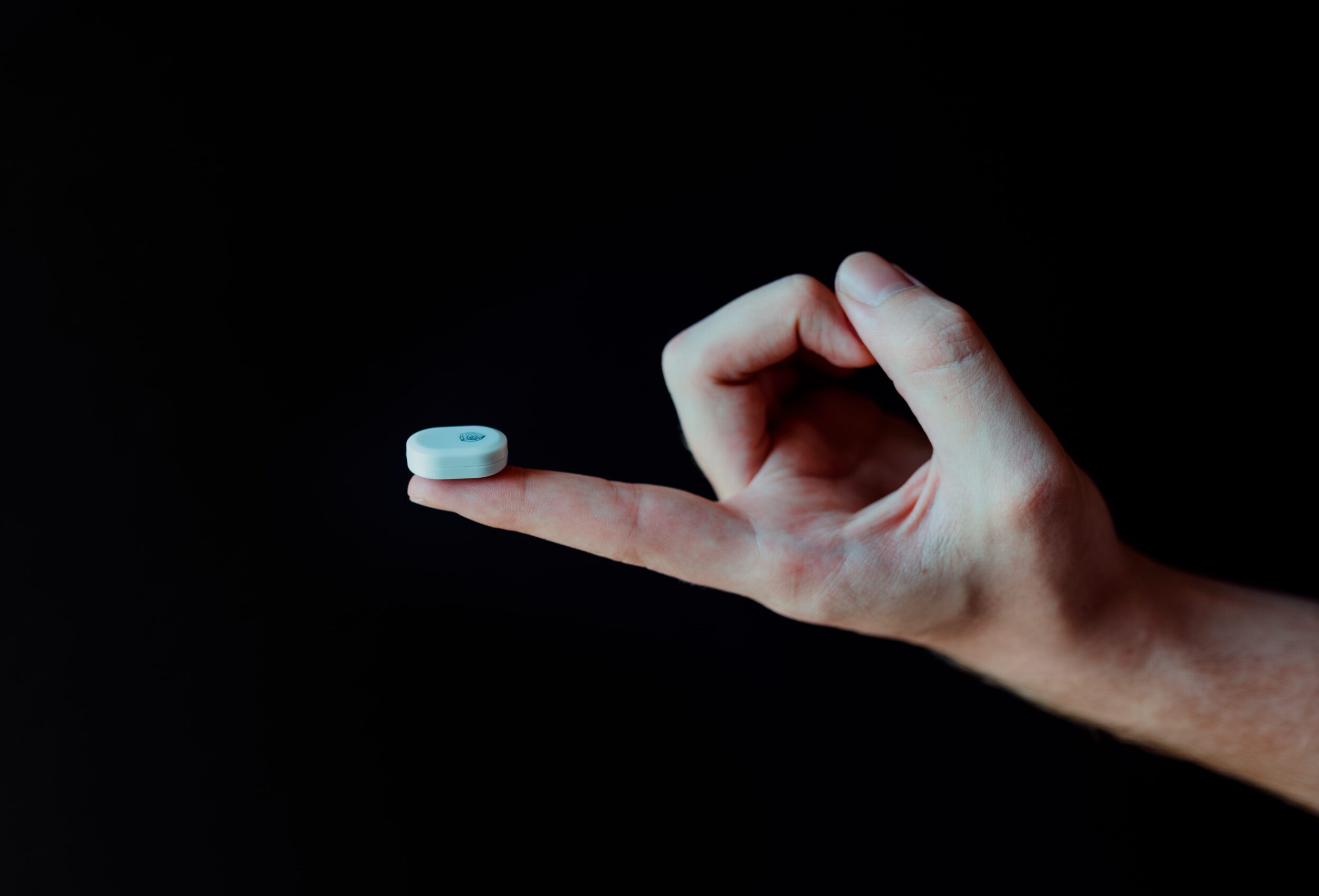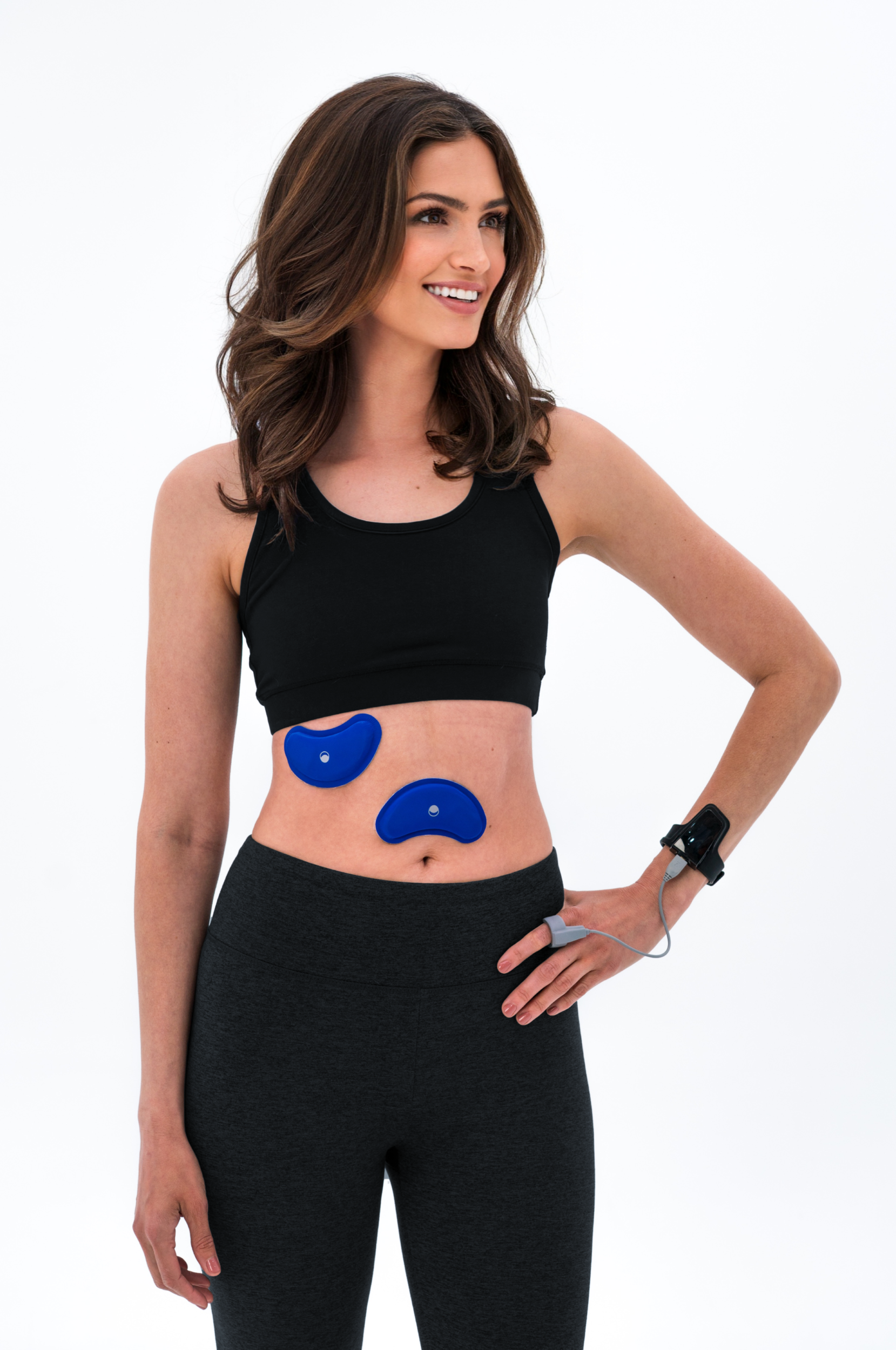By Alyx Arnett
The use of single-night home sleep testing (HST) to diagnose obstructive sleep apnea (OSA) may have more to do with precedent than with clinical best practice. The longstanding gold standard—in-lab attended polysomnography—is typically conducted over a single night, not because one night provides the full picture, but because the test is too burdensome to repeat, stakeholders say.
Even when HST emerged, the devices were complex and needed numerous consumables. So, “we got stuck with this one night of testing based on practicality,” says Solveig Magnusdottir, MD, MSc, MBA, chief medical officer at SleepImage.
Now, with simpler HST devices, more clinicians are rethinking the one-night approach. Today’s compact, wireless, disposable, and generally more patient-friendly tools make it feasible to collect data over multiple nights, helping better capture the true nature of a patient’s sleep.
As a result, multinight testing is gaining traction as a way to reduce misdiagnosis and better guide therapy decisions. But with no published guidelines, the field is still grappling with how many nights are ideal, how results should be interpreted, and how to implement these new models within existing reimbursement and workflow constraints.
Night-to-Night Variability in AHI
As HST becomes easier to deploy over multiple nights, one of the clearest benefits is the ability to account for how much sleep apnea severity can vary from night to night.
These variations can cause patients to appear unaffected one night and meet clinical criteria the next. This variability—combined with the well-documented “first-night effect”—can lead to missed diagnoses, especially in borderline cases.
Sleep specialist George Zureikat, MD, founder of Mid-Michigan Sleep Center, has been routinely using multinight testing over the past year and a half. An AHI difference of 10 is not uncommon for the different nights, he says. “The difference really can make them mild or no sleep apnea, or make them severe,” Zureikat says.
He shared a case study as an example:
Male, 49 years old, BMI: 27
- Night 1: total sleep time: 5 hours 27 minutes, REM: 32.5 minutes, sleep efficiency: 87%, AHI: 1.7, lowest oxygen saturation of 91% (no sleep apnea)
- Night 2: total sleep time: 6 hours 15 minutes, REM: 64 minutes, sleep efficiency: 95%, AHI: 7.7, lowest oxygen: 83% (mild sleep apnea)
An abstract by neuroscientist Chelsie Rohrscheib, PhD, head sleep researcher at Wesper, maker of a patch-based HST, underscores just how common AHI variability is. Among study participants, the average AHI point difference between nights was 12.4.1
Additionally, more than half (51%) of patients had both positive and negative OSA results on different nights:
- over 26% of patients with mild OSA also had a test showing an AHI below 5;
- over 18% of patients with moderate OSA also had a test showing an AHI below 5; and
- 6% of patients with severe OSA also had a test showing an AHI below 5.1
“The big risk here, if you’re only sampling them for one night, is getting a false negative,” says Rohrscheib.
This variability may be even more pronounced in women. One study showed that single-night sleep studies were less sensitive in detecting mild OSA in women compared to men.2 The researchers attributed this to greater variability in women’s AHI.
Lydia Leung, CEO of Belun Technology, maker of an HST ring, adds that REM-related OSA—more commonly seen in women—can go undetected if the patient doesn’t enter REM sleep during the night of testing. “Under this condition, a multinight study will be able to benefit this particular group of patients,” Leung says.
Impact on Treatment Selection
Just as a low AHI night can lead to missed diagnoses and undertreatment, a high AHI night can result in patients being steered toward a treatment that may not match their typical presentation. If a single-night test captures temporary factors—like alcohol use or supine sleep—that inflate a patient’s AHI well above their baseline, the patient may miss out on more conservative treatments, such as positional therapy or nasal breathing support, says Sahil Chopra, MD, CEO of virtual sleep care program Empower Sleep.
“[Multinight testing] gives a better understanding of the biology of someone’s sleep,” says Chopra. “Because if you catch someone on a bad night, you might choose a modality that may not have been the best modality for that person.”
General Sleep’s Nate Craft, vice president of sales and marketing, agrees that collecting data over several nights provides a more reliable foundation for treatment decisions. “In medicine, more data typically leads to more accurate diagnoses—and sleep is no exception,” says Craft. He notes that between one-third and one-half of users are employing the company’s Zmachine Synergy’s multinight recording capability for their patients.
How Many Nights Are Enough?
There are no published guidelines for how many nights of testing should be conducted, but emerging research is helping to shape practice.
Magnusdottir points to two recent studies—one in older adults, with an average age of 74, in which she was not involved, and another in young children, where she contributed to the research—suggesting that three nights of testing may be the sweet spot.3,4 “It’s very interesting that we came to the same conclusion at both ends of the lifespan,” she says.
But more nights may still be better. A pilot study using Belun’s HST ring found that a four-night assessment provided a more consistent baseline AHI and could help prevent both false negatives and severity misclassification.5

In the meantime, clinicians are developing their own approaches, guided at times, yes, by practicality. Zureikat typically conducts two nights of testing. If both nights are negative and the patient is clinically presenting with OSA, he’ll recommend an attended study.
Jerald Simmons, MD, founding director of Comprehensive Sleep Medicine Associates and the Sleep Education Consortium, also tests for two nights. “They’re typically back to back, just for more of an economic reason because we can’t have someone holding onto a machine for multiple nights,” he says.
Kyle Miko, head of sales and marketing at VirtuOx, a provider of at-home diagnostic services recently acquired by Resmed, says the company has long used a two-night testing protocol—initially to reduce failure rates caused by dislodged cannulas or sensors but continuing to the present day. “Doing a two-night test will allow you not only to reduce failures, but also, number two, it will allow you to find a diagnosis that would help that patient seek therapy,” Miko says.
Others are standardizing on even longer testing durations. Empower Sleep, for example, uses a two-week baseline for diagnosis, followed by continuous testing to optimize therapy.
Making Sense of the Data
Multinight testing also raises another question: How should the data be interpreted? There’s little agreement on the best approach—and that’s complicating both product development and clinical decision-making.
Jerry Chen, CEO of PranaQ—which received US Food and Drug Administration clearance in February for its fingertip-worn HST, TipTraQ—says the company has interviewed many physicians to inform how its multinight reports should be designed. “But so far, we’ve been receiving very different kinds of opinions,” Chen says. Some physicians prefer to average the results across nights. Others look for trends. Some rely solely on the worst night’s AHI.
Still others take a different approach. Zureikat, for example, bases his interpretation on the night with the best overall sleep, typically the one showing enough REM and the longest duration. “Yes, typically that’s probably the worst night,” he says.
Simmons, by contrast, focuses on the night with the highest AHI, a practice also followed by VirtuOx.
Magnusdottir cautions that relying solely on the highest night AHI can be problematic if it is not contextualized. That might mean checking in with patients about factors—like alcohol use—that could skew results. “[Physicians] really have to know that there was nothing extraordinary with the patient,” she says.
Interpreting Multiple Nights Quickly
HST software marketers are building tools not to dictate a specific method but to surface the insights clinicians need, however they choose to interpret the data.
Wesper just launched a multinight review template in its platform, allowing physicians to quickly assess the worst night’s AHI, the average across nights, and other comparison points. The platform also allows physicians to exclude atypical nights—for instance, when a patient had alcohol or an unusually disrupted night of sleep.


PranaQ’s platform applies artificial intelligence (AI) to extract patterns—such as differences between weekday and weekend sleep or correlations between apnea and heart rate—to reveal trends less evident to the naked eye.
Empower Sleep has taken a similar approach, building AI tools that allow clinicians to ask targeted questions about a patient’s sleep data over time, says Chopra, “like when did this person, over the last two weeks, have the worst sleep quality?”
Without tools like these, PranaQ’s Chen cautions that the added workload of requiring physicians to interpret multiple nights of data could undercut the promise of multinight testing.
Looking Ahead
With growing evidence supporting the value of multinight testing, many clinicians believe it should become the new standard of care for HST. Amir Reuveny, CEO of Wesper, argues that it offers an even more representative clinical picture than single-night polysomnography.
Still, barriers remain. Among them is the lack of formal guidance, with no recommendations on how many nights of testing should be performed or how those results should be interpreted. “This is definitely something that a study or more research is required to develop a standard practice to regulate with physicians,” Chen says.
Another challenge is reimbursement, as most insurers currently only cover one night of home sleep testing. Miko says he’d like to see a revised reimbursement model that offers physicians a bit more when conducting multiple nights of testing. But as it stands now, many HST makers say their platforms are low-cost enough to support multinight testing even within current reimbursement models.
Chen believes payer policies may eventually change as more research highlights the value of multinight testing. “And if the insurance believes that eventually you can get better care with a multinight, then they probably should pay for multinight,” he says.
Magnusdottir sees the current moment as a transition phase. “We’re changing from what we had to something better that we have today,” she says. What’s needed next, experts say, is published guidance from professional societies to reflect the reality that sleep—and sleep apnea—is rarely the same from one night to the next.
Photo caption: Discreet home sleep testing devices have made multinight testing easy for patients. Shown is TipTraQ, an FDA-cleared HST with a single point of contact by digital healthcare company PranaQ.
Photo credit: PranaQ
References
- Rohrscheib C. Longitudinal testing with a home sleep apnea test shows large variability in nightly sleep apnea severity. Sleep. 2024;47(Suppl 1):A222–3.
- Morris J, Scott P, Luyster F, et al. Single-night sleep studies show reduced sensitivity in classifying mild OSA in women compared to men. Sleep. 2025;48(Suppl 1):A305–6.
- Ding H, Madan S, Searls E, et al. Exploring nightly variability and clinical influences on sleep measures: insights from a digital brain health platform. Sleep Med. 2025;131:106532.
- Magnusdottir S, Ingólfdóttir I, Birkisson M, et al. Night-to-night variability in the apnea hypopnea index in young children. Presented at 2024 International Pediatric Sleep Association Meeting.
- Link B, Tsai C-W, Palomo J, et al. Exploring AHI variability across nights: insights from wearable technology in patients with no or mild OSA. Sleep. 2024;47(Suppl 1):A135–6.









